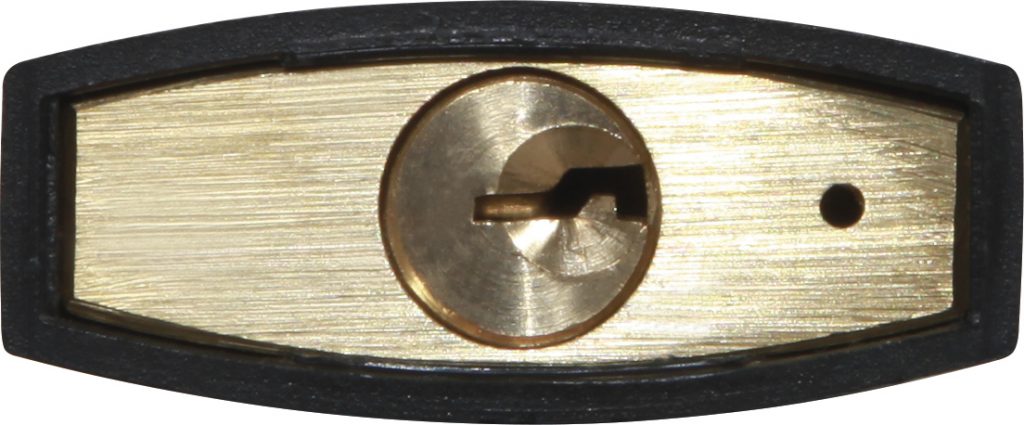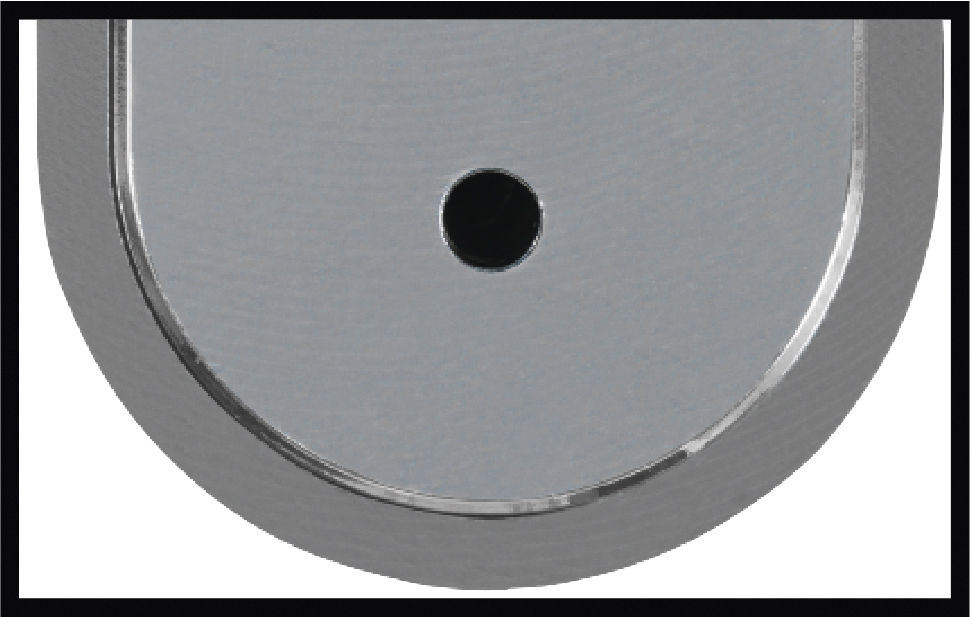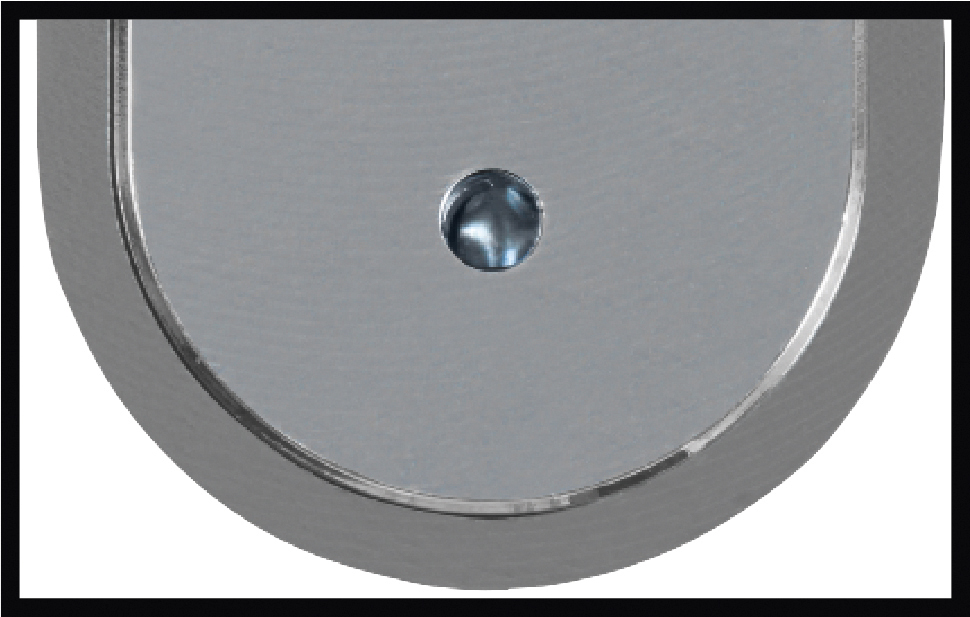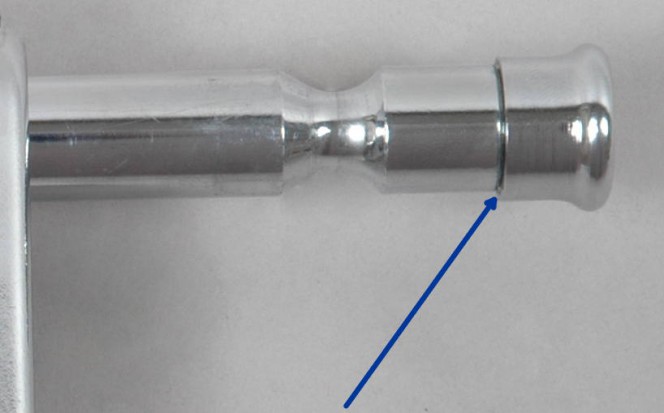We think we know everything about the objects around us, but we don’t always. Often, in fact, commonly used products hide small details which can make a difference. This is the case with padlocks which, used in a variety of situations, from the closing of lockers to the protection of bicycles or freight containers, can present particular details which are an indication of their security or functionality.
Let’s have a look.
Q1: What is the purpose of the small hole in padlocks on the side of the plug into which the key is inserted?
A1: Some padlocks, especially those for outdoor use, may have a tiny hole in the side of the cylinder slot. One of its functions is to keep the padlock mechanism unaltered over time, expelling water which could stagnate due to excessive humidity or freeze inside the padlock at low temperatures. Another purpose is to allow the internal mechanisms of the padlock to be lubricated if they are rusted. In some replaceable cylinder models there is another type of hole, which is used to replace the cylinder.
n the Viro “PANZER” armoured padlock, this hole is blocked by a drill-proof steel pin when the padlock is closed, to ensure greater security, whilst it becomes accessible for cylinder replacement when the padlock is open.
Q2: What does the word “Hardened” on the shackle of some padlocks mean?
A2: The word “Hardened” generally refers to the hardening carried out on the steel used to make the padlock shackle. The shackle or rod are in fact the most sensitive parts of the padlock and, for this reason, the ones most subject to attacks by criminals. That’s why many manufacturers using hardened steels to produce the shackles and rods mark them with the word “Hardened”. It is worth bearing in mind, however, that although the presence of this wording indicates that hardening has been carried out, it is not sufficient to guarantee that it has been carried out correctly.
*HARDENING > processing operation which brings the metal to a high temperature and then cools it rapidly. This treatment gives mechanical strength to cut.
Q3: What are the two recesses in the lock shackle for?
A3: The two recesses on the shackle indicate the presence of 2 latches. This means that the shackle (in the case of shackle type padlocks) or the rod (in the case of padlocks for chains or shutters) will be locked in two places instead of one and will therefore be more pull-resistant. Many padlocks have a single latch, which is a more vulnerable solution, because it is easier to releasethe latch by inserting a wire into the plug, especially if there is no rear protection, and to move the spring of the latch without the need to act on the lock.
Q4: What does the expression “programmed breakage” mean when referring to a padlock rod?
A4: Viro, which was the first to use this technology on many rod padlocks, uses this expression to refer to the anti-pull function of the rod head of the padlock, which is able to break at a given point. This means, in the padlocks with this feature, that if an attempt is made to pull off the rod by grasping the grip with burglary tools, this gives way at a point predetermined by the manufacturer, leaving the rod in the closed position.















0 Comments